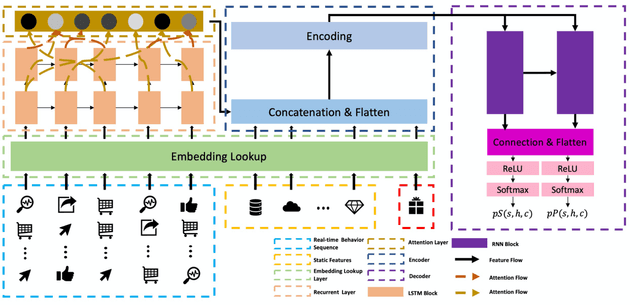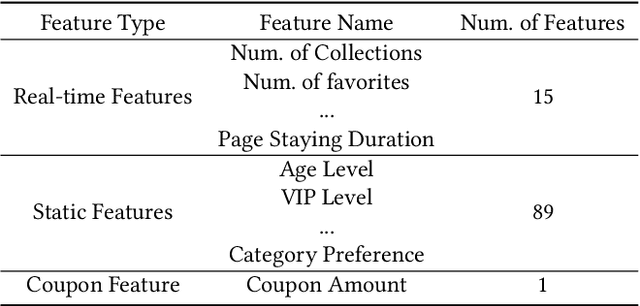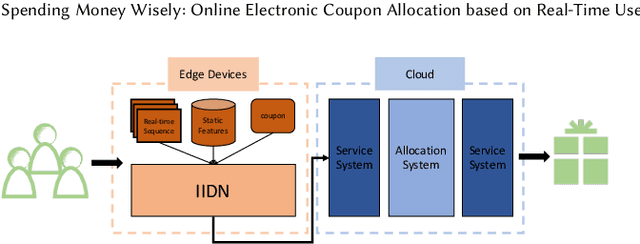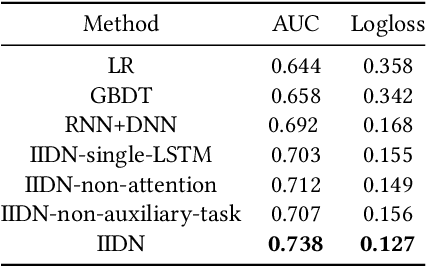Spending Money Wisely: Online Electronic Coupon Allocation based on Real-Time User Intent Detection
Paper and Code
Aug 23, 2020



Online electronic coupon (e-coupon) is becoming a primary tool for e-commerce platforms to attract users to place orders. E-coupons are the digital equivalent of traditional paper coupons which provide customers with discounts or gifts. One of the fundamental problems related is how to deliver e-coupons with minimal cost while users' willingness to place an order is maximized. We call this problem the coupon allocation problem. This is a non-trivial problem since the number of regular users on a mature e-platform often reaches hundreds of millions and the types of e-coupons to be allocated are often multiple. The policy space is extremely large and the online allocation has to satisfy a budget constraint. Besides, one can never observe the responses of one user under different policies which increases the uncertainty of the policy making process. Previous work fails to deal with these challenges. In this paper, we decompose the coupon allocation task into two subtasks: the user intent detection task and the allocation task. Accordingly, we propose a two-stage solution: at the first stage (detection stage), we put forward a novel Instantaneous Intent Detection Network (IIDN) which takes the user-coupon features as input and predicts user real-time intents; at the second stage (allocation stage), we model the allocation problem as a Multiple-Choice Knapsack Problem (MCKP) and provide a computational efficient allocation method using the intents predicted at the detection stage. We conduct extensive online and offline experiments and the results show the superiority of our proposed framework, which has brought great profits to the platform and continues to function online.
 Add to Chrome
Add to Chrome Add to Firefox
Add to Firefox Add to Edge
Add to Edge